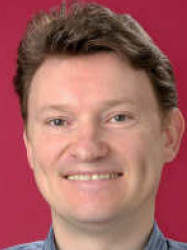BibTex format
@article{Goldstein:2017:mnras/stx1571,
author = {Goldstein, R and Burch, JL and Mokashi, P and Mandt, K and Carr, C and Eriksson, A and Glassmeier, K-H and Henri, P and Nilsson, H and Rubin, M and Tzou, C-Y},
doi = {mnras/stx1571},
journal = {Monthly Notices of the Royal Astronomical Society},
pages = {S262--S267},
title = {Two years of solar wind and pickup ion measurements at comet 67P/Churyumov–Gerasimenko},
url = {http://dx.doi.org/10.1093/mnras/stx1571},
volume = {469},
year = {2017}
}

